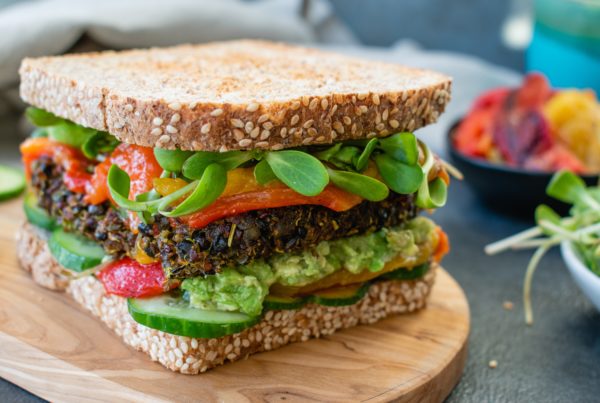With the growing interest in ‘gluten-free’ products, you may have noticed that many restaurants now offer gluten-free options on their menus and more gluten-free products are available on market shelves. But have you ever wondered who the gluten-free diet is for and what the implications of the gluten-free diet are?
In a nutshell, gluten is a protein found in grains such as barley, rye, triticale, wheat, and can be used in products such as pasta, deli meats, and soy sauces. Gluten can be difficult to digest and an negatively affect people who have a medical condition called celiac. People who are diagnosed with celiac are prescribed to strictly follow a gluten-free diet to treat the disease. When people with celiac disease consume gluten, the gluten damages the lining of the small intestine that absorbs nutrients into the body and thus reduces the amount of nutrient absorption. People with gluten sensitivity (but not diagnosed as celiac disease) may experience discomfort when they consume foods containing gluten and may choose to avoid gluten by following a gluten-free diet as well. However, when strictly following a gluten-free diet, the consumer needs to be aware that a gluten-free diet may not provide sufficient amounts of nutrients such as fiber,
vitamins and minerals compared to a diet with gluten-containing foods.
Furthermore, when strictly following the gluten-free diet, one will need to be cautious of the possibility of cross-contamination of gluten-containing products. One will also need to carefully read the ingredient lists and make sure that dishes do not contain gluten when dining out. For people with celiac and gluten sensitivity, a gluten-free diet may prevent discomfort and serious illness —but for most people, a gluten-free diet offers little to no benefits.



